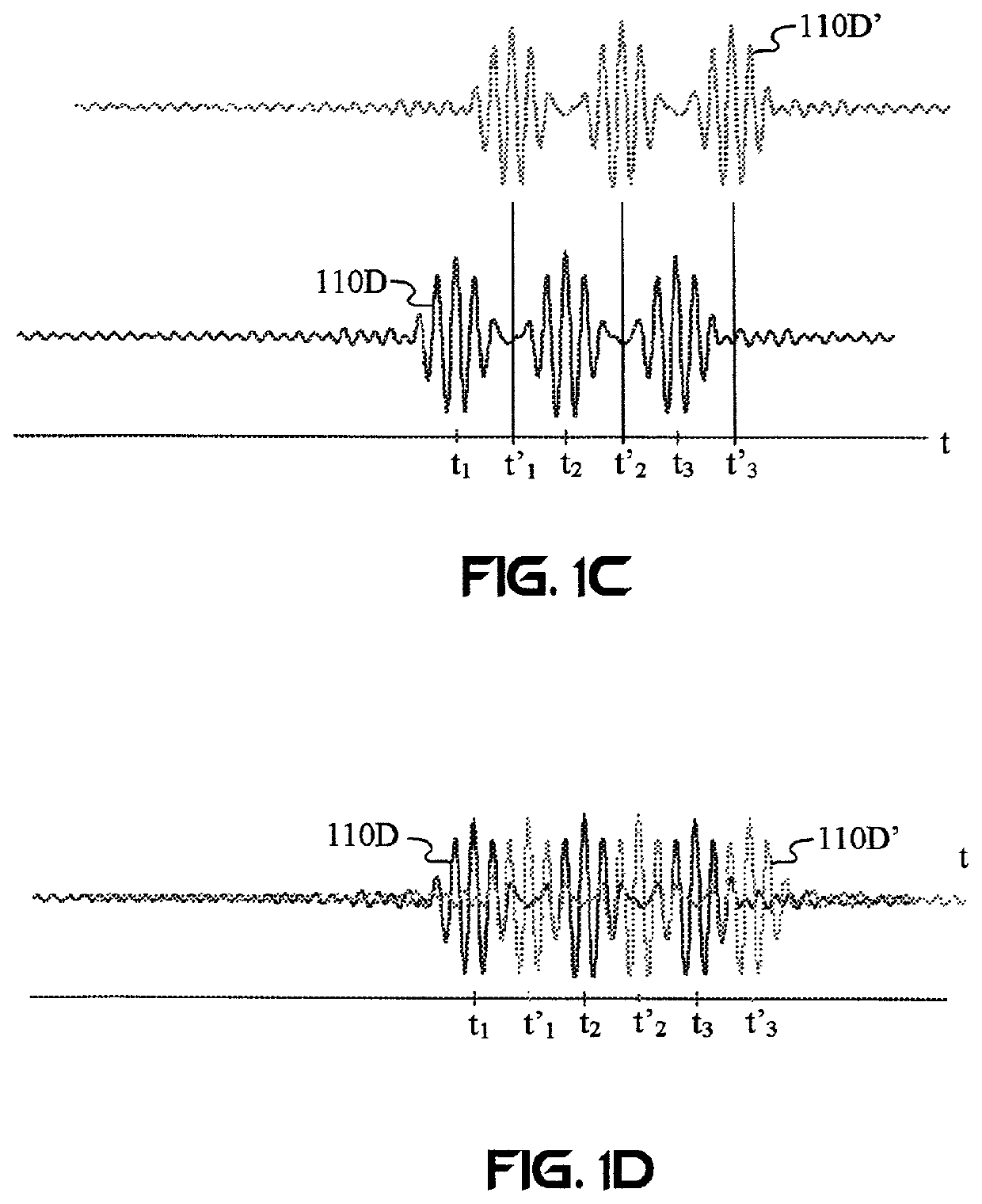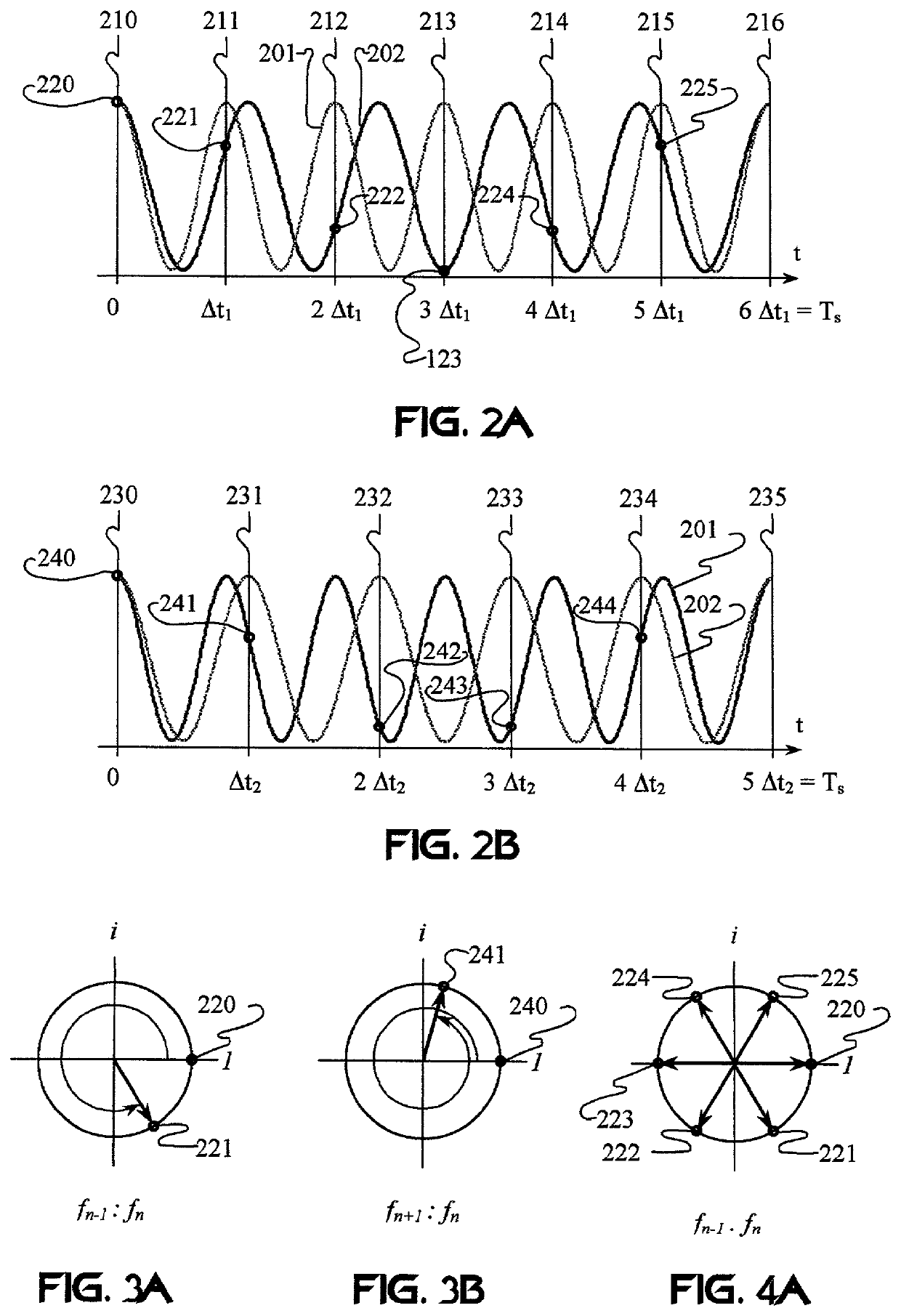Single carrier frequency division multiple access baseband signal generation
a single carrier, multi-access technology, applied in the field of wireless transceivers, can solve the problems of long acquisition times for pseudo-noise codes, ds-cdma is susceptible to near-far interference, and the received signal experiences inter-symbol interference, so as to improve bit-error rates, increase throughput, and increase the effect of throughpu
- Summary
- Abstract
- Description
- Claims
- Application Information
AI Technical Summary
Benefits of technology
Problems solved by technology
Method used
Image
Examples
Embodiment Construction
[0064]The description of the preferred embodiments assumes that the reader has a familiarity with CI described in the following publications, which are incorporated by reference:[0065]1. B. Natarajan, C. R. Nassar, S. Shattil, M. Michelini, “Application of interferometry to MC-CDMA”, accepted for publication in IEEE Transactions on Vehicular Technology.[0066]2. C. R Nassar, B. Natarajan, and S. Shattil, “Introduction of carrier interference to spread spectrum multiple access,” IEEE Emerging Technologies Symposium, Dallas, Tex., 12-13 Apr. 1999.[0067]3. B. Natarajan and C. R. Nassar, “Introducing novel FDD and FDM in MC-CDMA to enhance performance,” IEEE Radio and Wireless Conference, Denver, Colo., Sep. 10-13, 2000, pp. 29-32.[0068]4. Z. Wu, C. R. Nassar, A. Alagar, and S. Shattil, “Wireless communication system architecture and physical layer design for airport surface management,” 2000 IEEE Vehicular Technology Conference, Boston, Mass., Sep. 24-28, 2000, pp. 1950-1955.[0069]5. S....
PUM
 Login to View More
Login to View More Abstract
Description
Claims
Application Information
 Login to View More
Login to View More - R&D
- Intellectual Property
- Life Sciences
- Materials
- Tech Scout
- Unparalleled Data Quality
- Higher Quality Content
- 60% Fewer Hallucinations
Browse by: Latest US Patents, China's latest patents, Technical Efficacy Thesaurus, Application Domain, Technology Topic, Popular Technical Reports.
© 2025 PatSnap. All rights reserved.Legal|Privacy policy|Modern Slavery Act Transparency Statement|Sitemap|About US| Contact US: help@patsnap.com



